Properly disposing of art materials like Turpenoid is crucial for environmental sustainability and safety. Turpenoid, commonly used as a paint thinner and brush cleaner, contains solvents that can be harmful if not handled correctly.
In this guide, we’ll explore how to dispose of Turpenoid, ensuring you contribute to a cleaner environment while adhering to disposal regulations.
Whether you’re an artist, art enthusiast, or someone handling Turpenoid in any capacity, following these steps will help you navigate the proper channels for disposal.
From identifying local disposal options to understanding eco-friendly alternatives, this guide aims to provide comprehensive insights into the best practices for safely and responsibly getting rid of Turpenoid.
By adopting eco-friendly practices in the disposal of art materials, such as Turpenoid, we actively participate in the global effort to reduce environmental pollution. Let’s delve into the steps to ensure the conscientious disposal of this art essential.
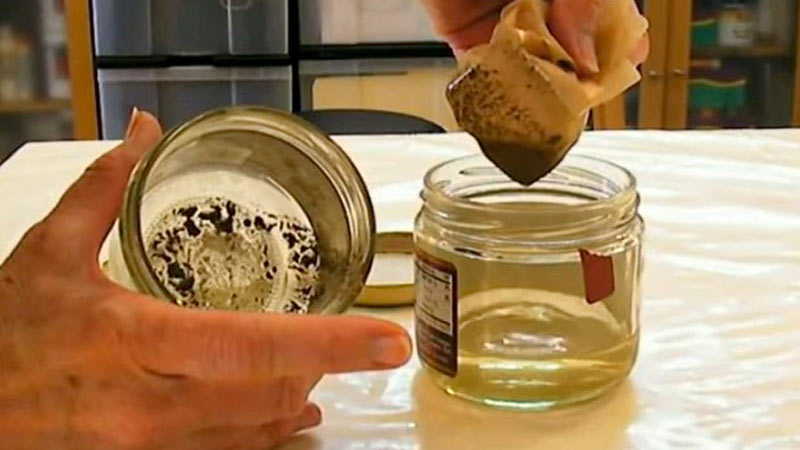
How To Dispose Of Turpenoid?
Disposing of Turpenoid properly is essential for both environmental sustainability and safety. Here, we’ll walk you through various methods to ensure responsible terpenoid disposal, covering everything from understanding Turpenoid composition to how to dispose of turpentine.
Understanding Turpenoid
Turpenoid is a popular solvent in the art world, valued for its ability to thin oil-based paints and clean brushes effectively.
However, its composition includes solvents that can pose environmental and health risks if not managed appropriately. The primary components often include mineral spirits, which are volatile organic compounds (VOCs).
Importance of Responsible Disposal

Improper disposal of Turpenoid can lead to soil and water contamination, posing threats to ecosystems and human health. It is crucial to follow ethical disposal practices to minimize the environmental impact and adhere to regulatory guidelines.
Local Regulations
Before disposing of Turpenoid, familiarize yourself with local regulations governing hazardous waste. Different areas may have specific guidelines for the disposal of solvents.
Contact your local environmental agency or check their website for information on proper disposal methods and facilities.
Hazardous Waste Collection Programs
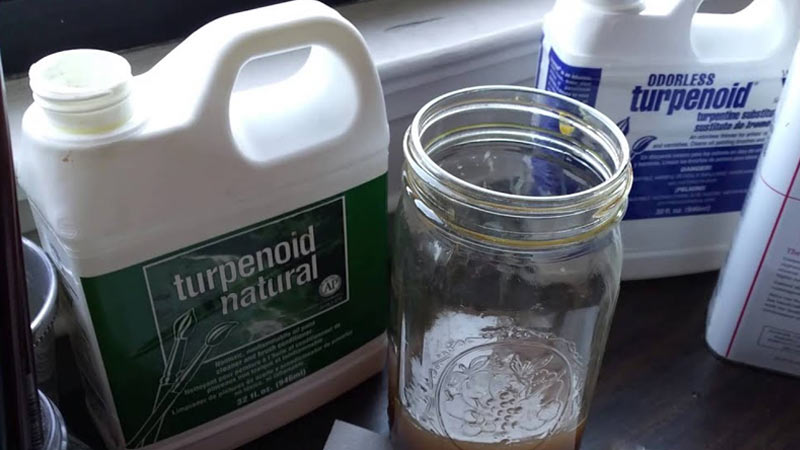
Many municipalities provide hazardous waste collection programs where residents can safely dispose of items like Turpenoid. These programs are designed to handle potentially harmful substances, ensuring they are processed and disposed of in an environmentally friendly manner.
Recycling Centers
Some recycling centers accept certain types of solvents. Check with your local recycling facility to inquire about their policies regarding the disposal of Turpenoid. Ensure that they can handle hazardous materials and follow any specific guidelines they provide.
Evaporation and Residue Management
Allowing Turpenoid to evaporate in a well-ventilated area can be a viable option, especially if the remaining residue is minimal.
However, this method requires time and should be done with caution. Ensure that the evaporation process occurs away from ignition sources, as Turpenoid vapors are flammable.
Reusable Container System
Consider establishing a reusable container system for Turpenoid. This involves using a sealable container to collect used Turpenoid, allowing solids to settle at the bottom.
The clear liquid on top can then be carefully poured into a new container, leaving the sediment behind. Dispose of the sediment according to local regulations.
Eco-Friendly Alternatives
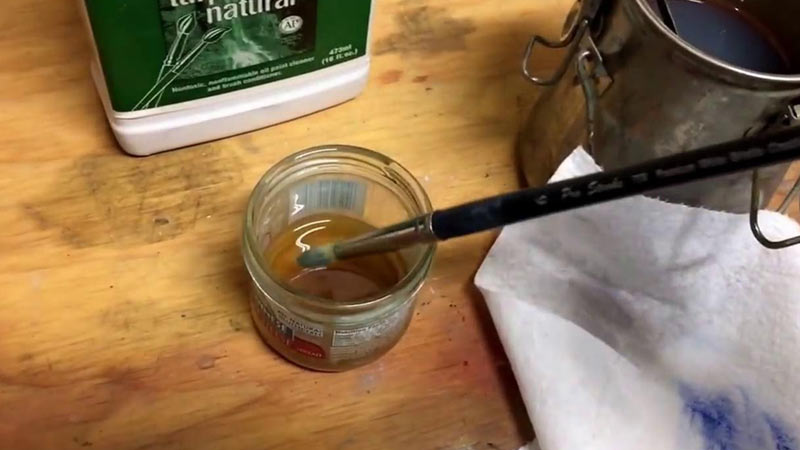
Explore eco-friendly alternatives to traditional solvents like Turpenoid. Some artists opt for citrus-based or water-based solvents that are less harmful to the environment.
These alternatives are often biodegradable and emit fewer VOCs, providing a more sustainable option for artists concerned about their ecological footprint.
Donations or Exchanges
If you have a Turpenoid that is still usable, consider donating it to local art organizations or fellow artists. Some communities have exchange programs where artists can share and repurpose art materials, reducing waste and promoting sustainability.
Solid Waste Disposal
In cases where Turpenoid has solidified due to evaporation or other factors, it may be classified as solid waste. Dispose of solidified Turpenoid by local guidelines for solid waste disposal.
Turpenoid Safety Precautions
When handling Turpenoid for disposal, prioritize safety. Work in a well-ventilated area to minimize inhalation risks, and wear appropriate personal protective equipment, including gloves and, if necessary, a mask.
Keep in mind that Turpenoid is flammable, so avoid ignition sources during the disposal process.
Can I Tip Turps Down the Sink?
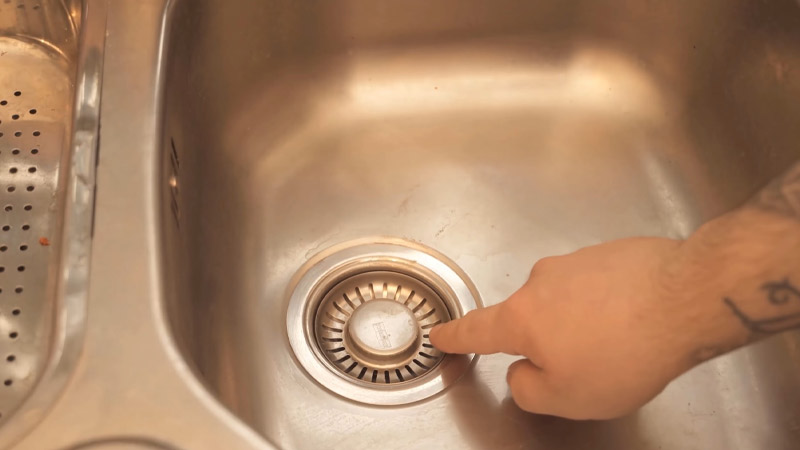
Pouring turpentine (commonly referred to as “turps”) down the sink is not recommended due to environmental and safety concerns. Turpentine is a solvent commonly used in art and woodworking, and it poses risks to both water systems and human health if not disposed of properly.
Environmental Impact
Turpentine contains volatile organic compounds (VOCs) that can be harmful to the environment. When poured down the sink, these chemicals may enter water treatment systems and eventually make their way into rivers, lakes, or oceans.
Once in natural water bodies, VOCs can have adverse effects on aquatic life and ecosystems.
Water Treatment Plants
Most municipal water treatment plants are not equipped to handle the removal of solvents like turpentine effectively. Turpentine can interfere with the treatment process, leading to potential contamination of water supplies.
Therefore, it is crucial to avoid pouring turpentine down drains connected to public sewage systems.
Health and Safety Risks
In addition to environmental concerns, there are health and safety risks associated with disposing of turpentine in this manner. Turpentine vapors can be harmful if inhaled, and the flammable nature of the solvent poses a fire hazard, especially in confined spaces like plumbing systems.
Proper Turpentine Disposal
Before deciding on a disposal method, familiarize yourself with local regulations regarding hazardous waste disposal. Different regions may have specific guidelines, and violating these regulations can result in fines or other penalties.
Many municipalities offer hazardous waste collection programs where residents can safely dispose of substances like turpentine. These programs are designed to handle potentially harmful materials and ensure their proper disposal.
Safety Precautions Related to Dispose Turpentine
When handling turpentine for disposal, prioritize safety. Work in a well-ventilated area to minimize inhalation risks, and wear appropriate personal protective equipment, including gloves and, if necessary, a mask.
Keep in mind that turpentine is flammable, so avoid ignition sources during the disposal process.
Importance of Learning How to Dispose of Turpentine
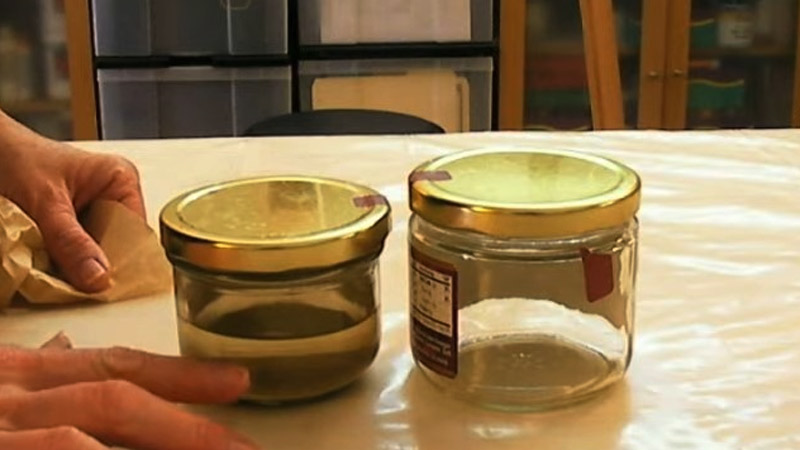
Understanding why learning how to dispose of turpentine properly is crucial for artists and the environment.
Environmental Impact
Turpentine contains volatile organic compounds (VOCs) that can harm ecosystems if improperly disposed of. Learning responsible methods of disposing of turpentine prevents soil and water contamination, preserving the environment.
Water Quality Preservation
Pouring turpentine down drains can lead to water pollution, affecting water quality and aquatic life. Proper disposal ensures that harmful substances do not enter water systems, safeguarding both marine and freshwater environments.
Wildlife Protection
Turpentine residues in water bodies can negatively impact wildlife. Learning to dispose of turpentine responsibly helps protect aquatic species and maintain the delicate balance of ecosystems.
Human Health Considerations
Turpentine vapors can pose health risks when inhaled. Proper disposal reduces the likelihood of exposure, safeguarding the health of artists, disposal workers, and the general public.
Legal Compliance
Local regulations often mandate the proper disposal of hazardous materials. Learning and adhering to these guidelines ensures legal compliance, avoiding potential fines or penalties associated with improper disposal practices.
Sustainable Art Practices
Embracing responsible disposal aligns with broader sustainability goals within the art community. Artists contribute to a greener future by minimizing their ecological footprint through environmentally conscious practices.
Community and Collective Responsibility
By educating oneself on proper turpentine disposal, artists actively participate in a collective effort to protect the environment. This shared responsibility fosters a sense of community and environmental stewardship.
Proper disposal helps in preserving natural resources by preventing contamination. It aligns with the broader ethos of sustainable living and responsible resource management.
Reducing Environmental Footprint
Artists who adopt eco-friendly disposal practices contribute to reducing the overall environmental impact of artistic activities. This commitment to sustainability reflects positively on the art community and sets an example for others.
Encouraging Innovation in Art Materials
The pursuit of responsible disposal practices encourages artists to explore and adopt alternative, eco-friendly art materials. This, in turn, stimulates innovation in the art industry towards more sustainable options.
Learning how to dispose of turpentine properly is not just a practical necessity but a conscientious choice that reflects a commitment to environmental sustainability, personal well-being, and a collective responsibility toward creating a healthier, greener world.
FAQs
Can I pour turpentine down the sink for disposal?
No, pouring turpentine down the sink is not recommended. Turpentine contains harmful chemicals that can harm the environment and interfere with water treatment systems. Follow proper disposal methods to ensure environmental safety.
What are the potential risks of improper turpentine disposal?
Improper disposal of turpentine can lead to environmental contamination, negatively impacting water quality and aquatic life. Additionally, turpentine vapors pose health risks if inhaled. It’s crucial to follow responsible disposal practices to mitigate these risks.
Are there eco-friendly alternatives to turpentine for artists?
Yes, there are eco-friendly alternatives such as citrus-based or water-based solvents. These alternatives are biodegradable, emit fewer volatile organic compounds (VOCs), and provide a more environmentally sustainable option for artists concerned about their ecological footprint.
Can I reuse or share leftover turpentine with other artists?
Yes, reusing or sharing usable turpentine with fellow artists is a sustainable practice. Some communities even have exchange programs where artists can share and repurpose art materials, reducing waste and promoting a sense of community within the artistic circle.
How do I find local hazardous waste collection programs for turpentine disposal?
To find local hazardous waste collection programs, contact your municipal environmental agency or check their website. They can provide information on collection dates, locations, and guidelines for safely disposing of turpentine and other hazardous materials.
Conclusion
As we wrap up this guide on disposing of Turpenoid responsibly, it’s crucial to emphasize the broader implications of our actions.
This commitment goes beyond personal responsibility; it contributes to a collective movement striving for a greener, more sustainable future. As artists and enthusiasts, we hold the power to influence positive change through our conscious choices.
Let the principles of environmental stewardship guide your artistic journey, ensuring that every brushstroke not only creates captivating art but also leaves a minimal ecological footprint.
So, the next time you reach for your Turpenoid, remember the impact of responsible disposal, for it extends far beyond your studio, leaving a lasting impression on the world we collectively share.
So, the next time you reach for your Turpenoid, remember the impact of responsible disposal, for it extends far beyond your studio, leaving a lasting impression on the world we collectively share.
Leave a Reply